Agrigento, what to see: the 10 places not to miss
In 580 B.C., settlers from Gela and Rhodes founded Akragas, today’s Agrigento, on a plateau not far from the sea that lent itself easily to the construction of a city. During the time of the tyrant Theron, between 448 and 473 B.C., the city witnessed considerable expansion. Unfortunately, however, in 406 B.C. the city’s splendor saw its end due to siege by the Carthaginians, a period from which began an ’inexorable phase of decline, until Roman rule in 263 B.C. made it a very important center of Sicily. In the following centuries it was invaded and rebuilt by the Arabs, starting from where today one can admire the famous historic center with its small alleys and courtyards converging on Via Atenea. All this is Agrigento: a millennial history, a stratified city, a cultural landscape unique in Italy, a wealth with few equals in the world. Reasons that have competed for the nomination of Italian Capital of Culture 2025. Agrigento is a city to be discovered in every trace that its long past has left it: here are the ten places not to be missed during your visit to the city.
1. The Valley of the Temples
As you follow the historical events to which the city of Agrigento is thickly linked, you will not be able to avoid getting lost, with boyish enthusiasm, in the Valley of the Temples, the largest archaeological park in the world and a 1997 UNESCO site. Unfortunately, a good part of the urban layout is still hidden under the olive groves and extensive fields that surround the area, but at present the area covers an impressive 1,300 hectares, and there are numerous discoveries to be made along the way. Starting from the Rupe of Atenea, for example, one will not only enjoy a view of the archaeological site from above, but will be able to appreciate the temple of Demeter incorporated into the small church of San Biagio. The temple faced toward the setting of the full moon, and this was an extremely anomalous position compared to that usually used for other Greek temples, which were oriented toward the east. The pages of mythology suggest how this can be attributed to a religious rite, which aimed to celebrate Persephone’s reunion with her mother after the six months she spent in the company of her captor Hades.
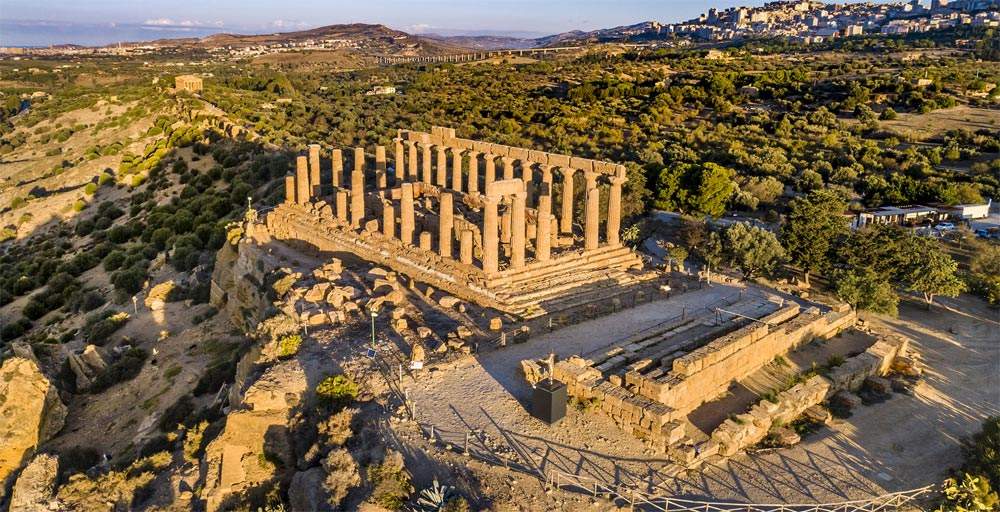
2. The garden of Kolymbethra
The Greek historian Diodorus Siculus recounted how, in 480 B.C., the tyrant Theron, in order to bring water to the city of Akragas, had a dense network of tunnels designed that flowed into a large pool known as the Kolymbethra “of the perimeter of seven stadia.” It was soon adapted as a fish nursery and transformed the inhospitable, arid Sicilian land into a lush garden of typical Mediterranean plants, harmoniously blending nature and history. In later centuries the pond was buried and passed to the Church, which introduced citrus trees, but the heyday was between the 19th and 20th centuries, when it became one of the most coveted and important stops on the Grand Tour. The Kolymbethra, after being abandoned since the 1980s, has now returned to being an example of the preservation of the Sicilian landscape, in which fruits and flowers follow each other uninterruptedly as the seasons change.
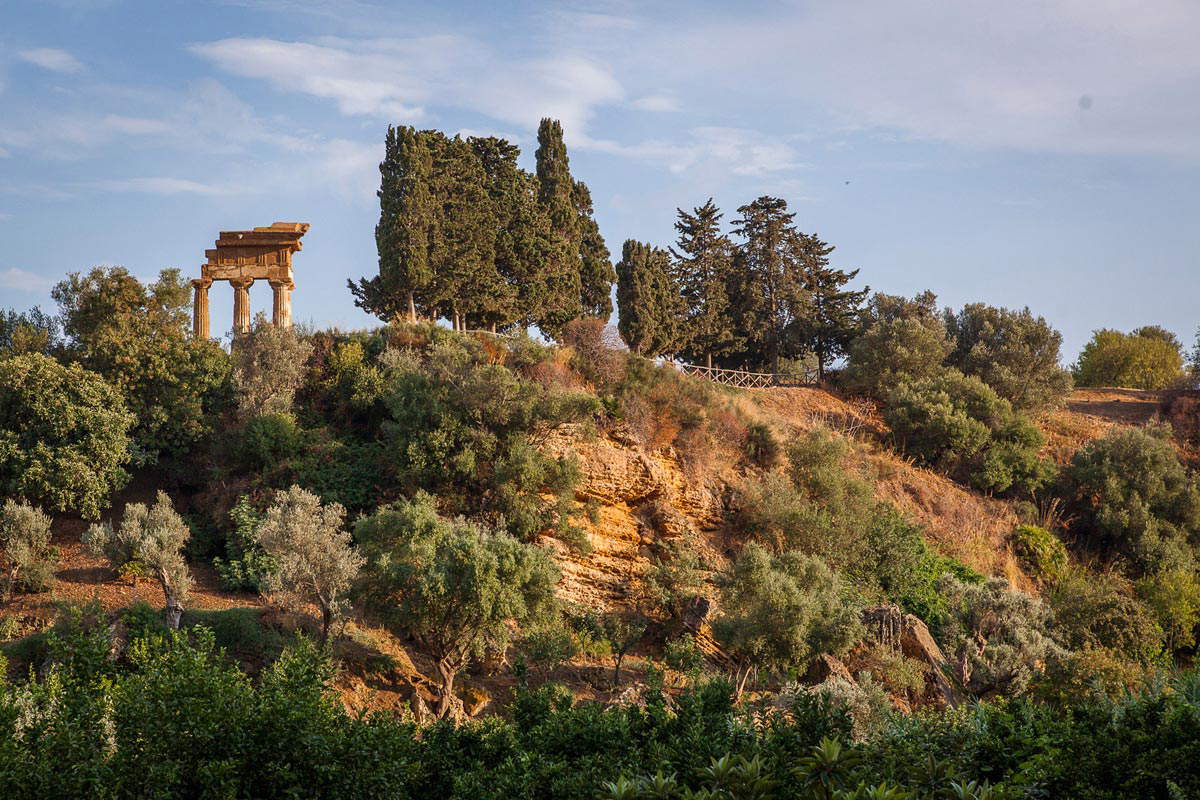
3. The “Pietro Griffo” Archaeological Museum
Dedicated to the memory of Pietro Griffo, archaeologist and Superintendent in Agrigento from 1941 to 1968, the Regional Archaeological Museum is one of the most important and visited in Sicily. It rises, in part, inside the Cistercian abbey of San Nicola, which possesses an extremely symbolic significance since, in the classical age, it was the center of public art in the city of Agrigento. The permanent exhibition is divided into 18 rooms, and the most sumptuous collection is that given by the artifacts found by the Superintendence precisely in Agrigento around the 1940s. The museum is organized and divided into two distinct visiting routes, and while following the first one one can discover artifacts from Akrágas to Agrigentum, in the second one one finds artifacts from the territories of Agrigento, Enna, and Caltanissetta.
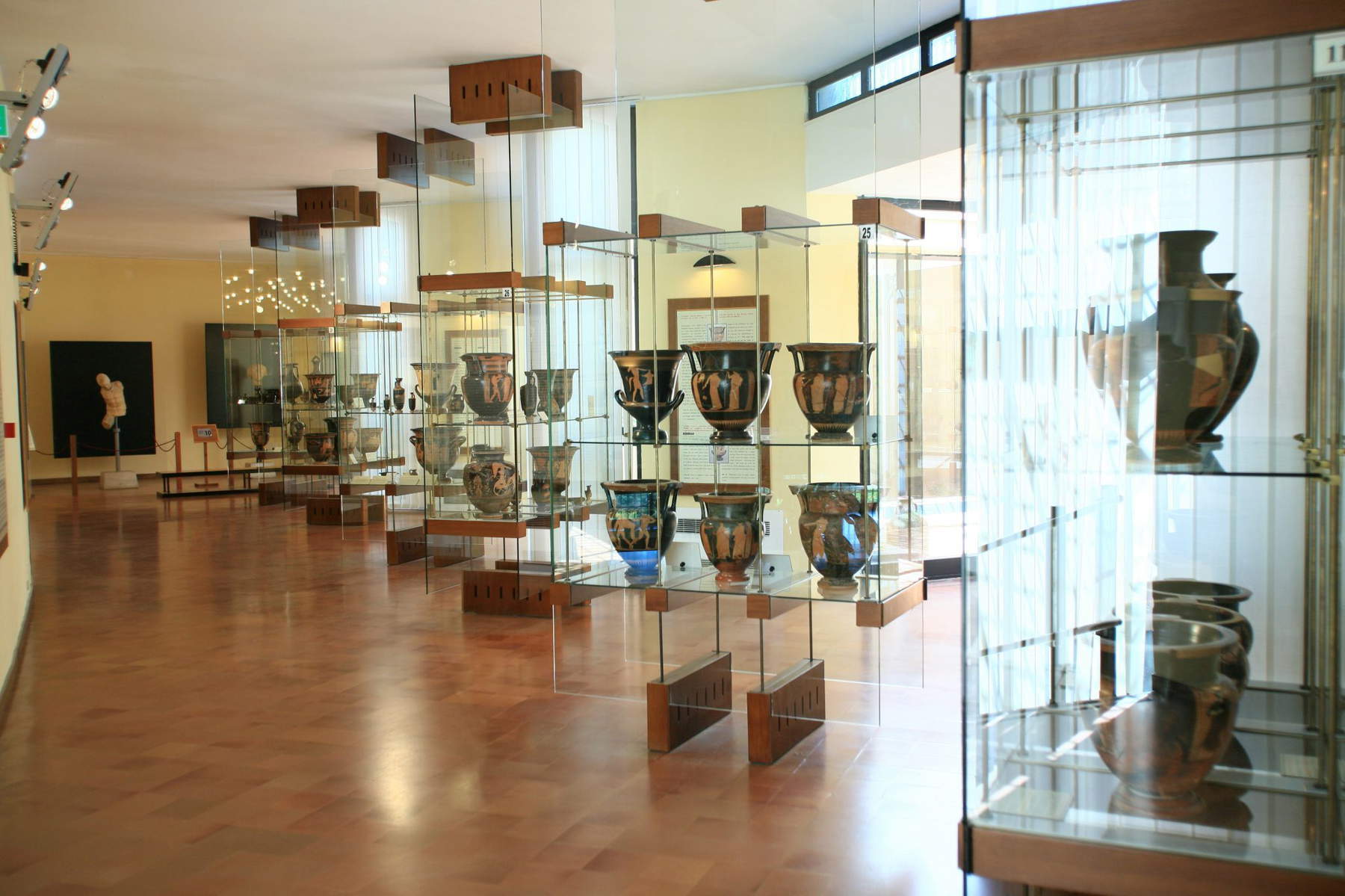
4. The church of San Nicola
After wandering around to discover the Archaeological Museum, you cannot miss a short stop at the Church of St. Nicholas built in the 13th century in the Norman-Gothic style. Historian Rocco Pirri found a document about the construction of the church that illustrates how in 1181 the district named after St. Nicholas existed, while a second act reports its donation in January 1219 by Ursone, bishop of the Cistercian community of St. Mary in Andrano, who had a cenoby built next to it. The church, with a single nave, is surmounted by an ogive vault, and the whole is extremely rustic and simple precisely in keeping with that strong desire for greater austerity typical of the Cistercian order. Passing through the magniloquent wooden door made in 1531, one discovers an interior space that on the right side holds four small chapels, frescoed by the painter Innocenzo Mascarella in 1575, which guaranteed the monks peaceful moments of prayer in solitude.
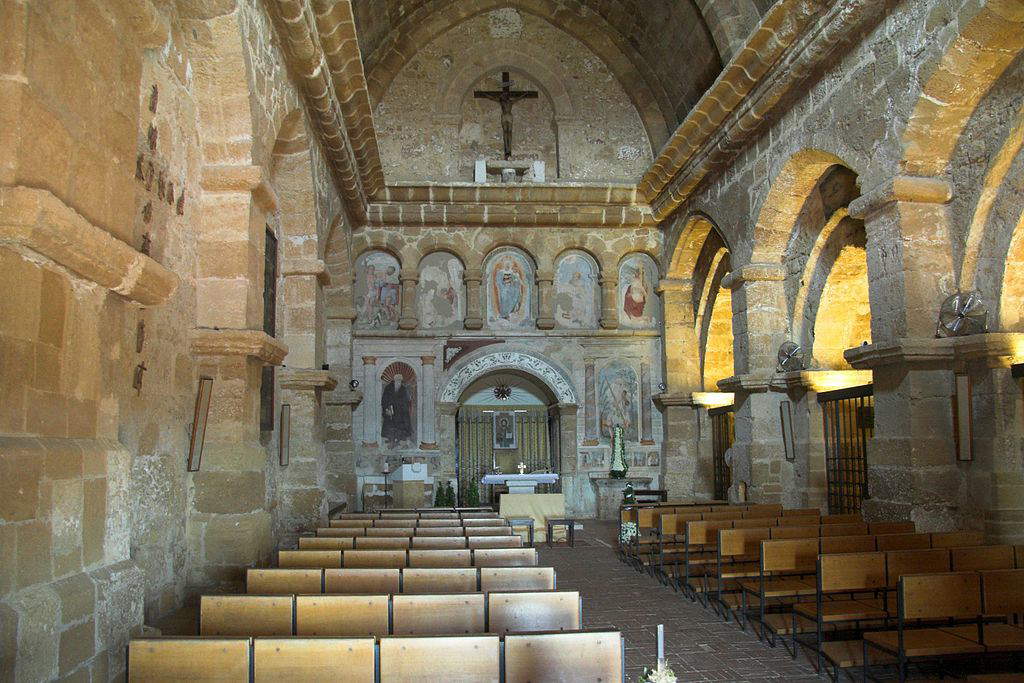
5. The birthplace of Luigi Pirandello
In 1867, the family of Luigi Pirandello, winner of the 1934 Nobel Prize in Literature, decided to take refuge in a late 18th-century rural building that stood on a plateau overlooking the sea to try, in every way possible, to escape the devastating cholera epidemic raging in Sicily. The famous writer’s birthplace was later damaged in 1944 when an ammunition depot nearby burst, but in 1952 it was purchased by the Region of Sicily and restored. The rooms now house a vast collection of photographs, reviews, honors, first editions of books and paintings dedicated to the Sicilian writer and playwright, and since 1987 the Luigi Pirandello Library has also been housed within its walls. Also housed in a driveway near the house is the urn created via a stone cippus by sculptor Marino Mazzacurati following, almost to the letter Pirandello’s last wishes, who wrote, “let the cinerary urn be brought to Sicily and walled in some rough stone in the countryside of Girgenti where I was born.”
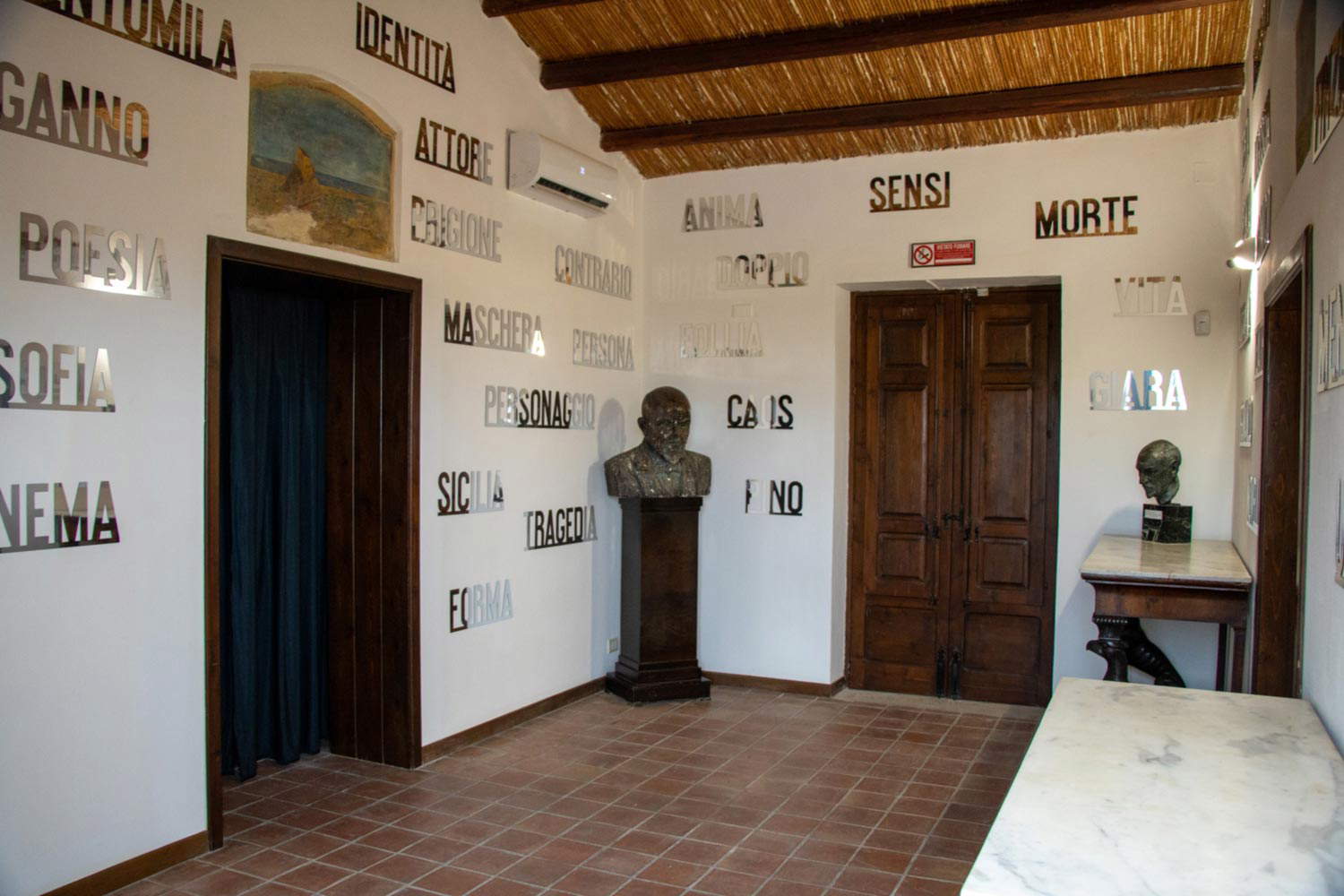
6. The Monastery of the Holy Spirit
Wandering almost aimlessly through the historic center of Agrigento, one can encounter numerous places worth immersing oneself in, including the “Beata Maria Virginis et Sancti Spiritus” monastery, which was founded in 1299 by Marquise Rosalia Prefoglio and donated to the Benedictine nuns of the Cistercian order at the end of her life. The monastery was built with local materials such as sandstone limestone and bastard mortar obtained with lime and cement. A Gothic portal with a rose window conceals a single-nave church with a coffered ceiling, and behind the high altar are the chancel and Giovanni Chiaramonte chapel, which feature works from the school of Antonello Gagini, a famous sculptor from Ticino who worked mainly in Sicily.
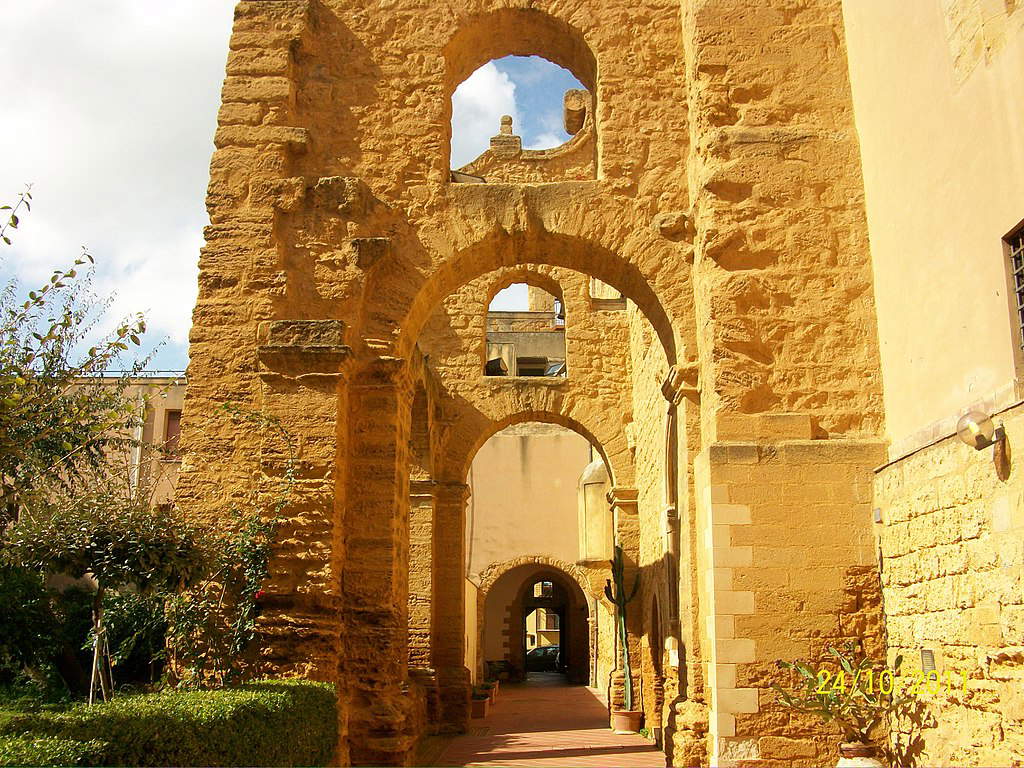
7. The church of Santa Maria dei Greci and the Bishop’s Palace.
The walk could then continue to discover the church of Santa Maria dei Greci and the Bishop’s Palace. The former, known as the Church of the Greeks because it was a Greek Orthodox cathedral during Byzantine rule, presents itself as a complex architectural structure since it is the result of as many as nine centuries of construction and rebuilding. According to scholars, moreover, the building would stand on the area of the temple of Jupiter Atabirius or Polieus, which, together with that of Hatena incorporated by the church, dominated the ancient polis. Next to the cathedral stands the 18th-century Bishop’s Palace, which ranks among the best-preserved civil architecture in the city. The original palace had been built in the 11th century, but it was badly damaged in 1693 and, consequently, rebuilt to the design of architect Domenico Dolcemascolo of Sciacca with a peculiar entrance portal bordered by two columns used as a pedestal for the balcony on the upper floor in turn enriched by a triangular tympanum open in the center and containing the coat of arms of the 76th bishop of Agrigento Andrea Lucchesi.
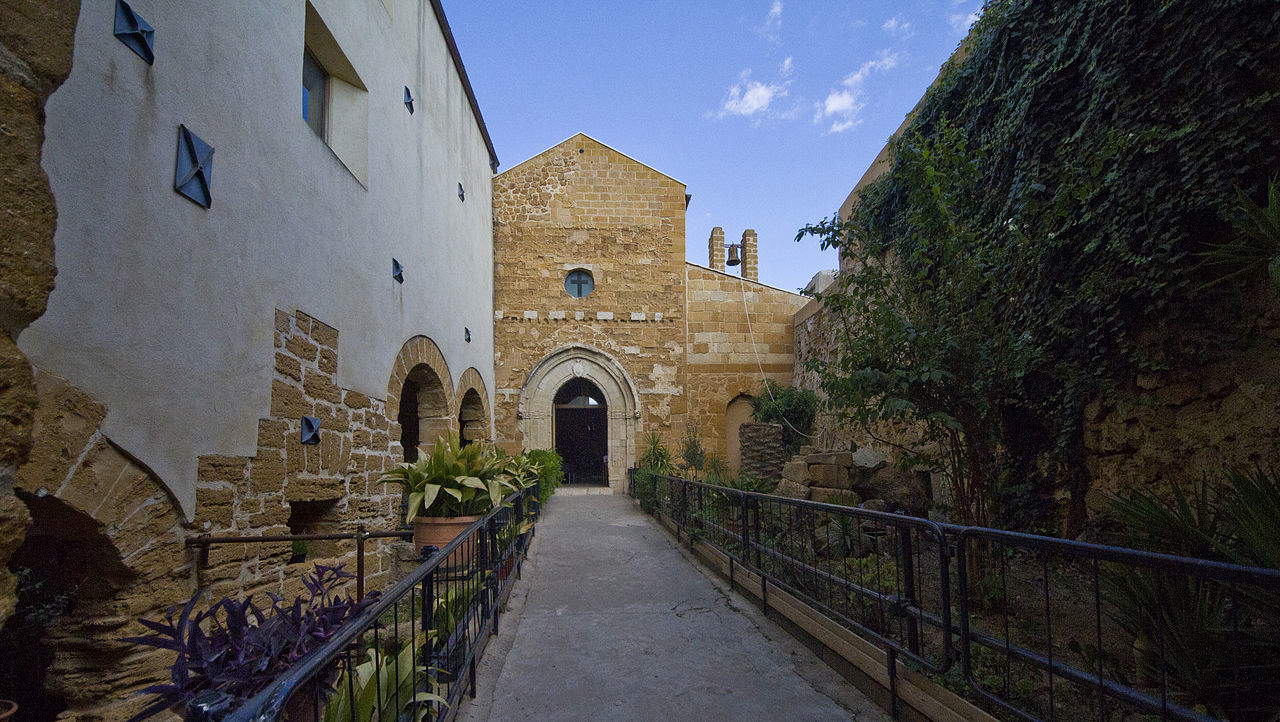
8. The Street of Art.
Also in Agrigento’s historic center, going up from Piazza del Purgatorio with its namesake church dedicated to penitent souls, one can happily come across an open-air museum with colorful murals and drawings on the street’s shutters, stairs, and walls. The Street of Art exists thanks largely to the non-profit association Culturart, which has allowed artists to express their vision of art and the world, but more importantly to redevelop abandoned streets and spaces. And strolling among the imaginative and extremely expressive paintings that seem to capture all the typical energy of the city, we come to the famous artists’ staircase at the end of Via Atenea. Right here, every summer, emerging artists gather and many initiatives are organized to make it more original and colorful every year.
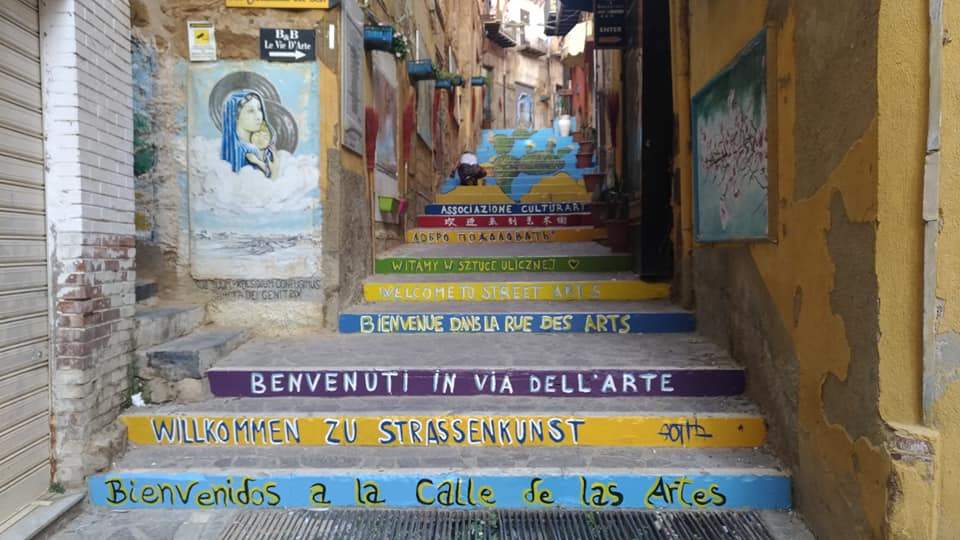
9. The Scala dei Turchi
The Scala dei Turchi owes its name to the Saracen pirates who were improperly called “Turks” by the local people and who used to plunder the villages on the coast facilitated precisely by the peculiar, poorly controlled stepped wall, which made access to the villages extremely convenient. The spectacular Staircase consists of a sedimentary rock of a clay and limestone nature, and from the scenic promontory one can see the “Rocca della Gucciarda” also known as “u zitu e a zita” (meaning “the fiancé and the fiancée”) in honor of a very unfortunate couple who, in life, failed to tie the knot. However, the Scala dei Turchi has also inspired many writers such as Andrea Camilleri, who poignantly describes it in his book “la prima indagine di Montalbano,” in which the commissioner remains “strurduto” before such beauty.
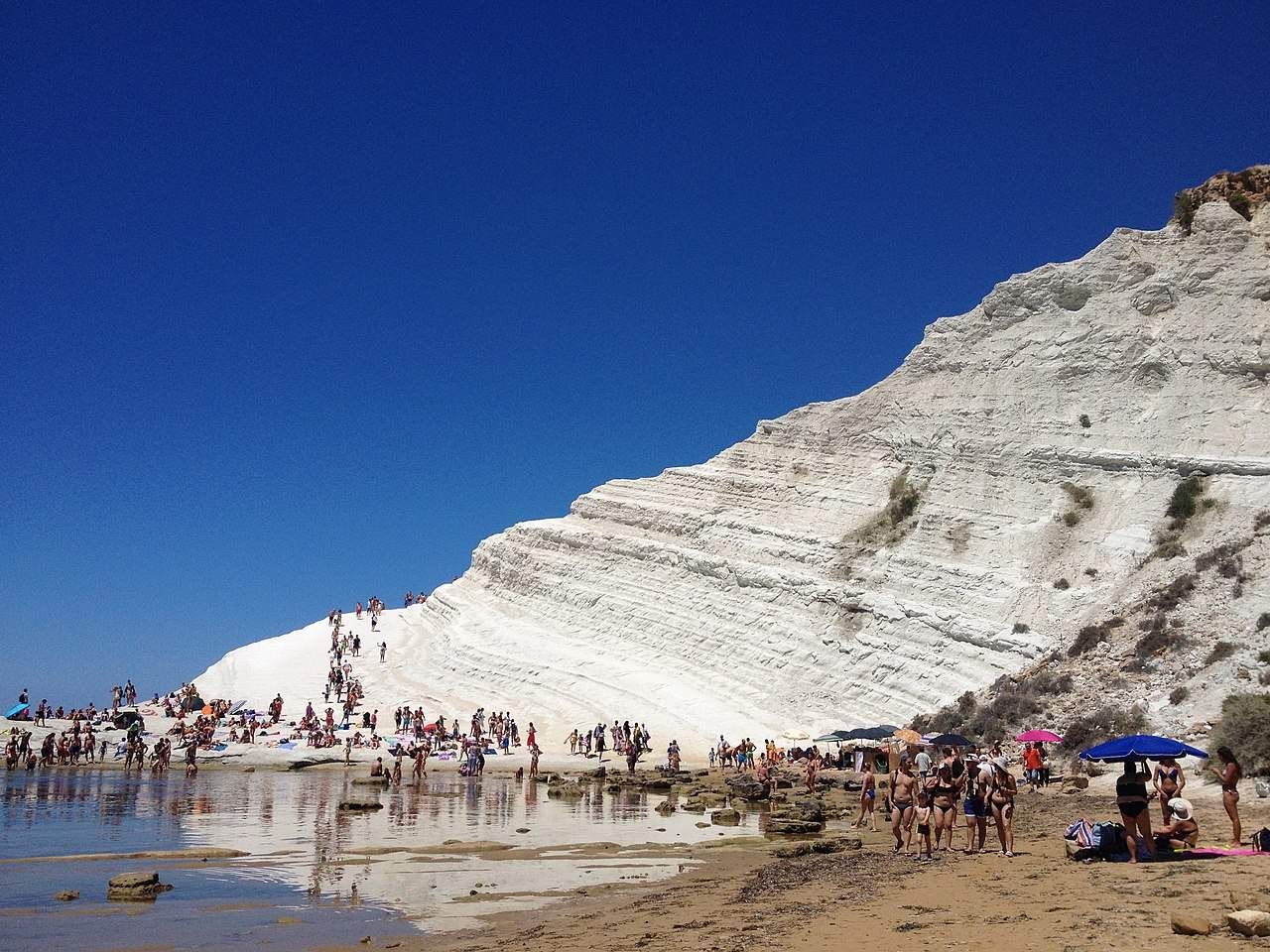
10. The ancient city of Heraclea Minoa.
The construction of the ancient city of Heraclea Minoa, near Agrigento, has its origins in the myth of Minos’ expedition, in search of Daedalus, to Sicily. The Sicelian historian Diodorus recounted the tragic end of the Cretan king at the hands of the lord of the Sicans, Kokalos, from whom Daedalus took refuge, and from here the city of Minoa was born, which was founded by Minos’s own fleeing companions. According to Herodotus’ account, however, the name “Heraclea” was imposed in honor of the only survivor of the expedition in the late 6th century B.C., the Spartan Heracles from Eurileon. The city soon came under the control of Akragas and was subsequently disputed for a long time between Greeks and Carthaginians until, in the 3rd century BC, it became a Roman colony then abandoned two centuries later. Today it is still possible to walk three its foundations and discover, for example, the 4th-century BC theater facing the sea or again, the remains of a sanctuary dedicated to a female deity on the summit terrace.
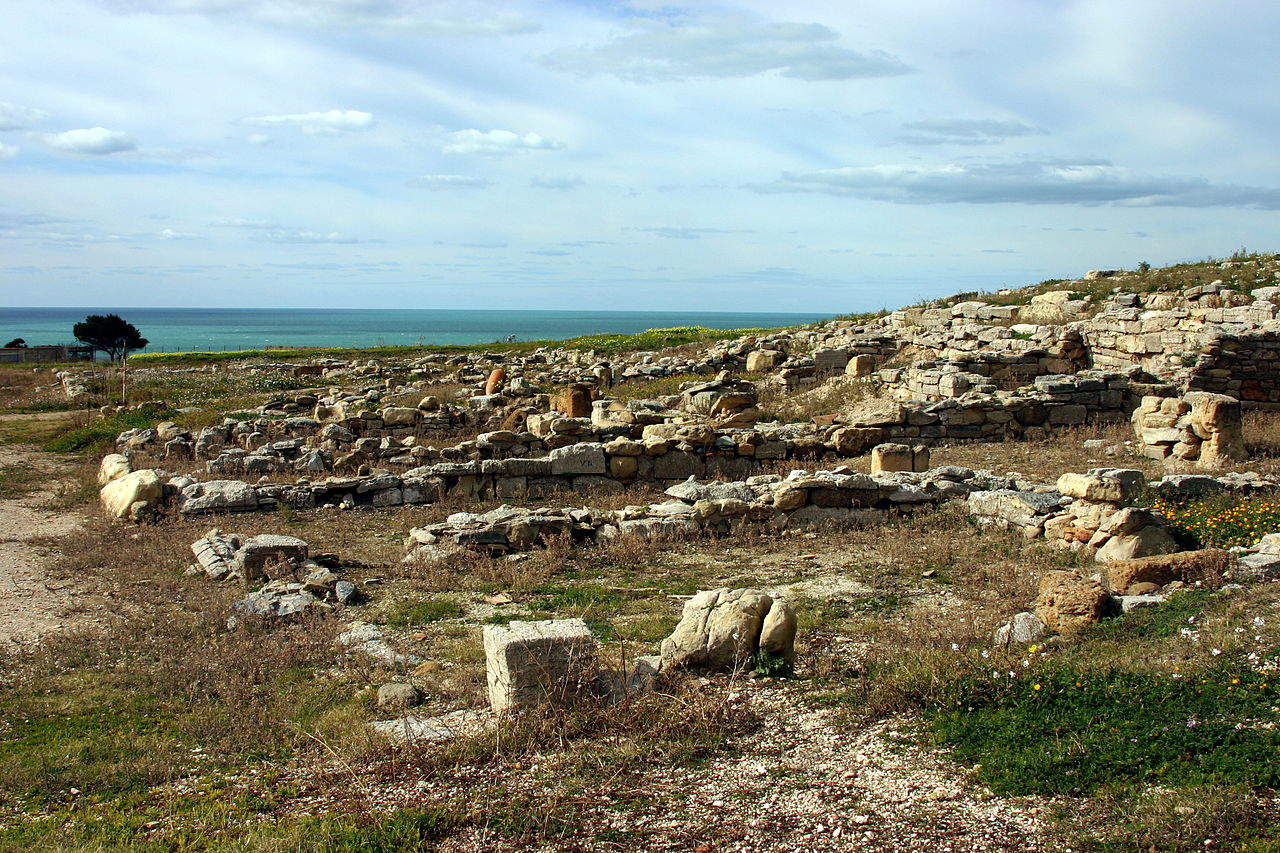
 |
| Agrigento, what to see: the 10 places not to miss |
Warning: the translation into English of the original Italian article was created using automatic tools. We undertake to review all articles, but we do not guarantee the total absence of inaccuracies in the translation due to the program. You can find the original by clicking on the ITA button. If you find any mistake,please contact us.



























